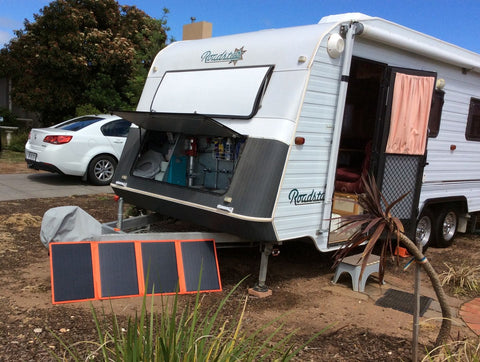Solar Cell Testing Lab
"We test, test and test again to deliver the industry's most reliable panels"
High temperatures. Dust storms. Coastal erosion. Biting frost. Heavy storms. Blowing sand. Dense snow loads. We look at the testing that the new iTechworld Solar Cells go through before they hit Australian shores. This ensures optimal performance and durability—and maximizes return on your solar investment.
In fact, the testing goes far beyond the most stringent of U.S and international standards, including the International Electrotechnical Commission (IEC) and the International Organization for Standardization (ISO), producing high quality solar cells.
"Every panel must satisfy strict performance and safety criteria—with NO exceptions"

Hail Impact Test. Replicates a natural hail storm by dropping a 1.1-pound, one-inch steel ball onto the solar cells from a height of 13 feet. This is repeated this up to 20 times in the same place on at least 11 different points of impacts.

Panel Breakage Test. Subjects the cells to brutal impacts by heavy or hard objects to ensure stability and break-resistance. Occasionally hard objects fall onto solar panels and they will conduct these test to ensure that roof-mounted solar system will withstand these impacts. For good measure, they also drop a 1KG, lead-filled sack from a height of 1 metre onto the middle of vertically positioned solar panels up to three times.


Inclined Plane Test. Tests the effects of snow load on the lower edge of the cells, which simulates real-world conditions since sliding snow and ice apply pressure to the lower part of the frame. Other companies typically test evenly distributed snow load on a horizontal panel, even though installations almost always parallel the slope of a roof. Although this is not really an issue in Australia it is good to know that these sort of tests are performed and quality is assured.

Salt Spray Test. Makes sure the cells are ideally suited for coastal areas and salty air by exposing the solar panel to a salt mist mixture and then storing it under humid conditions to simulate coastal conditions. They voluntarily submit their cells for this optional test to guarantee maximum performance and further demonstrate a commitment to quality.

Hemispheric Lighting Test. Simulates authentic light and temperature conditions to make sure the cells deliver optimal performance in the real world—which includes changing weather patterns.

Mechanical Load Test. Ensures the cells withstand extreme weather conditions, including excessive wind pressure, wind suction and snow load. Alternating pressure and suction is applied up to 1.2 million times using both static and dynamic forces.

UV Light Aging Test. Guarantees excellent results from our solar cells even in some of the brightest spots on the planet. We simulate intense UV radiation, including 1300 kWh/m2 in normal conditions and up to 3000 kWh/m2 in desert conditions.


Climate Chamber Test. Puts our solar cells through extreme temperature fluctuations in order to emulate years of weather changes. In the climate chamber, the modules withstand temperatures as low as -40 degrees Celsius to as high as 85 degrees Celsius.

Field Installation and Peel Tests. Tests performance by exposing our solar cells to real wind and weather conditions in varying climate zones—not just contrived laboratory conditions. In field tests, data consistently shows our cells perform well above 100 percent of predicted models. At the same time, peel tests confirm the superior reliability of our sheet-to-glass and inter-sheet connections, which is a key contributor to the long lifespan of the cells.

Electrical and Hotspot Tests. Assures optimal insulation and electrical safety in both wet and dry conditions in a broad range of temperatures. Electroluminescence measurements identify otherwise undetectable micro-cracks or contact breaks while thermography cameras search for “hot spots,” which can occur when cells lie in a shadow and heat up as a result of residual electricity, ultimately damaging the panel over time.
iTechworld Solar Panels
Article author
Ian
ian@itechworld.com.au








